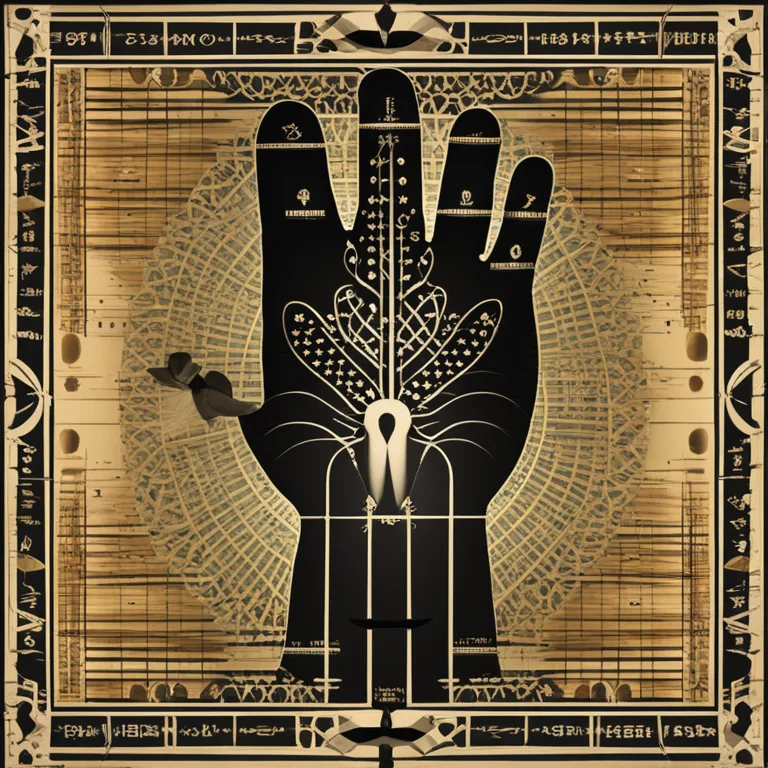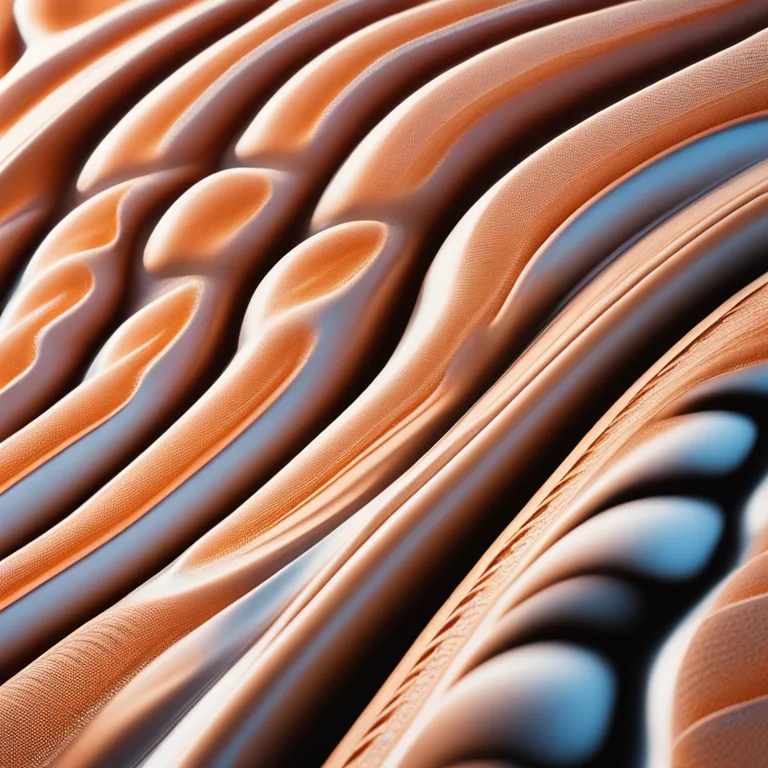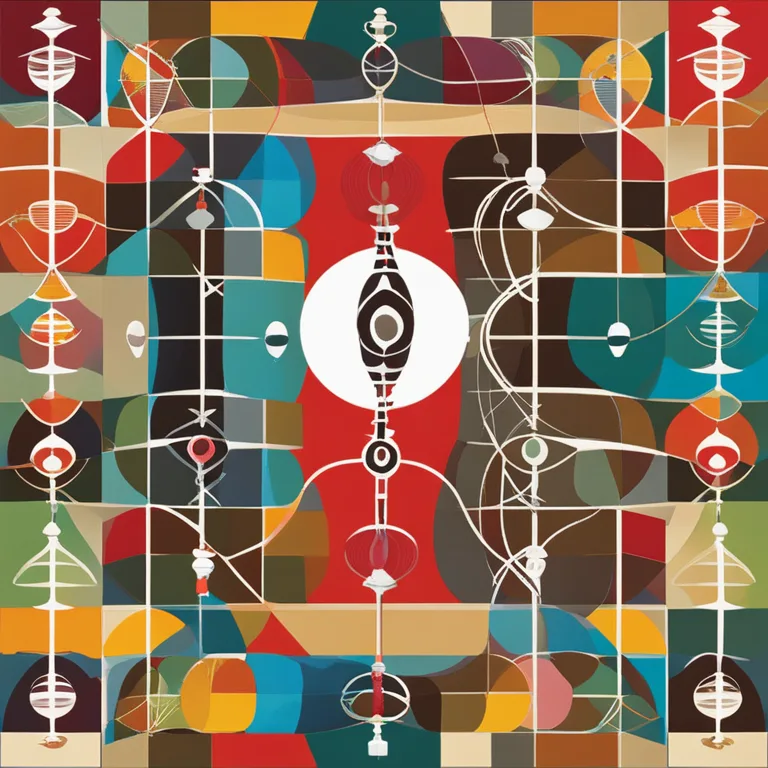
Are Palm Lines Passed Down Genetically?
Discover the intriguing connection between genetics and palmistry as we delve into whether the mysterious lines etched on our palms are hereditary.
article by Nora Pennington
Palmistry's Foundations
Palmistry, or chiromancy, is the age-old art of interpreting lines and features on the palm to discern characteristics and predict future events. However, a question that often arises is the origin of these lines: Are palm lines hereditary? This article will explore the extent to which genetics influence the patterns we see on our hands and the perspectives of both science and palmistry on this topic. Heredity indisputably plays a role in defining our physical attributes, but when it comes to the complex designs of our palms, the relationship may not be quite so straightforward.

The Science of Dermatoglyphics
Dermatoglyphics, a field of science that studies the patterns of skin ridges on the fingers, palms, and soles, provides insight into genetic relationships. Research indicates that while the broad layout of our palm lines is genetically determined, the finer details may be influenced by environmental factors during pregnancy. Indeed, similar patterns often occur within families, but identical replication of palm lines from parent to child is extremely rare. These patterns can sometimes aid in the diagnosis of certain genetic disorders, underscoring the link between our palms and our DNA.

Palm Lines: Unique or Inherited?
Examining familial hands might lead to the assumption that there is a hereditary component, as certain line formations appear repeatedly. However, the uniqueness of palm prints, akin to fingerprints, is well recognized in both scientific and legal fields. While the broad strokes of palmistry may hint at a genetic link, the intricate details that palmists read are as individual as a person's life experiences and choices, which do not directly stem from one's genetic heritage.

Crossroads of Genetics and Environment
It is crucial to acknowledge the interaction between genetics and environmental factors. While genes provide a blueprint, environmental influences during fetal development—such as nutrition, blood pressure, and the mother's health—affect the ultimate manifestation of physical traits. Thus, the palm lines we inherit may be a foundational sketch, with the intrauterine environment adding distinct touches that finalize the palm's design.

Rare Genetic Syndromes and Palmistry
Certain rare genetic conditions, such as Down syndrome and Turner syndrome, can exhibit distinct palm line patterns, which suggests a genetic influence. Medical practitioners sometimes use these patterns as one of many diagnostic indicators. However, the presence of a specific palm line formation alone is insufficient to diagnose a genetic disorder, and palmistry is not used clinically for this purpose.
The Role of Palmistry in Modern Times
While palmistry is not considered a scientific practice, it continues to captivate individuals seeking insight into personality traits and life paths. Contemporary palmists often incorporate a blend of traditional techniques and modern psychological insights, recognizing that a person's hands reflect both inherent and acquired characteristics. Thus, the lines of the palm are seen as a dynamic map, continuously shaped by both genetic inheritance and the personal journey of life.
Conclusion: A Mosaic of Influences
In conclusion, while the overall layout of your palm lines might be influenced by heredity, the fine details are likely the result of a combination of genetic and environmental factors. Each person's palm is a unique canvas that reflects a mosaic of influences, a fitting metaphor for the intricate interplay between nature and nurture that defines who we are.
Published: 1/3/2024
Modified: 1/3/2024
More predictions
Come back here soon to learn more about yourself and your future


The Mystique of Multiple Marriage Lines in Palmistry
Delve into the significance of having two marriage lines on the palm and what it may reveal about your love life.


The Mystique of Water Hands in Palmistry
Discover the characteristics and significance of the water hand type in palmistry, an intriguing aspect of personality analysis.


The Significance of Palmistry Mounts
Delve into the mystical landscape of your hands with insights on palmistry mounts, revealing the connection between our palms and personality traits.